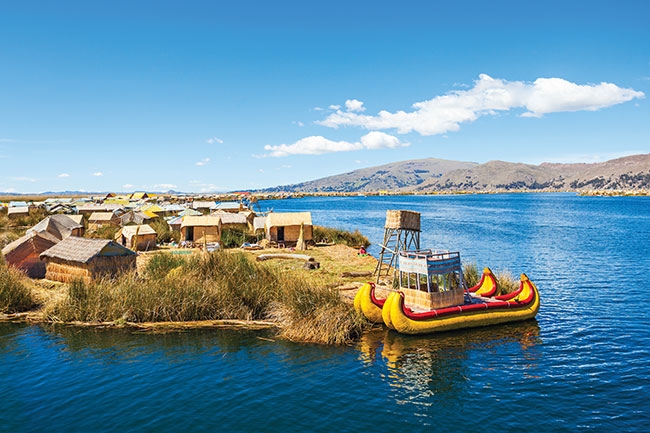
News & Views
Peruvian community to receive $2M funding boost for local trout farming
Singapore and Japan-based aquaculture technology company Umitron has been approved for a US$2 million project funding to improve aquaculture productivity in Lake Titicaca, Peru.
March 20, 2019 By Hatchery International Staff
 Singapore and Japan-based aquaculture technology company Umitron
Singapore and Japan-based aquaculture technology company UmitronThe project, in partnership with rainbow trout producer Piscis and Peruvian credit union Abaco, is being funded by IDB Lab, the innovation laboratory of the Inter-American Development Bank (IDB) Group. The goal is to improve the local trout farming industry’s economic and environmental sustainability.
“Right now, a lot of trout is being sold locally in Peru or Bolivia,” Andy Davison, product manager of Umitron in Tokyo, tells Hatchery International. “Piscis, our partner in this project, is exporting to many different foreign markets and this side of the business has the potential to grow and bring more money into the local economy around Lake Titicaca.”
The local Peruvian industry is growing, with 100,000 tons of production in 2016 projected to grow to 221,000 tons by 2030. This follows the trend of a growing aquaculture industry in Latin America and the Caribbean, where The Food and Agriculture Organization of the United Nations (FAO) estimates that fish production through aquaculture will grow from 2.7 million tons in 2016 to 4.0 million tons in 2030.
IDB first approached Umitron to gauge its interest in collaborating on a project in Latin America and connected the company with Piscis. After a couple of trips to Japan and Peru, the collaboration took form.
Umitron’s feeding technology using artificial intelligence (AI) reduces the need for farmers to visit each individual cage every day for feeding and observation. Instead, fish can be remotely monitored and fed. The automated feeder also has the capability to reduce overfeeding and improve overall feed use efficiency.
In addition to making grow-out cage feeding more efficient, Umitron is also looking at how its system can be adapted to feed fish during all life stages, including in the hatchery, Davison explains.
“In general, we are interested in using data analytics, machine learning, and IoT technology to solve bottlenecks and problems for all parts of the aquaculture industry,” he said adding, “If hatchery operators have suggestions for how connected devices, data gathering, or data analytics can help their operations, we would love to hear from them.”
Through a variety of technology tests and training with local producers, the end goal for the project is to implement real-time data-driven aquaculture feeding technology for farmers in both Peru and eventually all of Latin America.
This project is the first step in Umitron’s long term plans to support and develop technology for Latin American aquaculture producers. Through impact investment, Umitron is looking for similar public private partnerships where they can assist aquaculture producers to increase their ability to deliver high-quality, sustainably grown products in both Latin America and abroad, the company said.
Print this page





